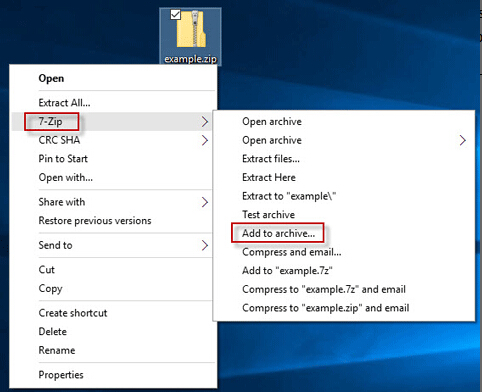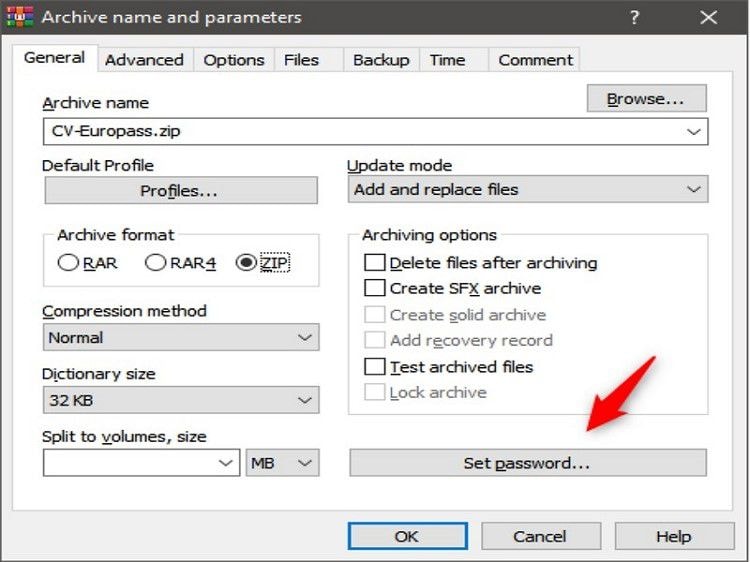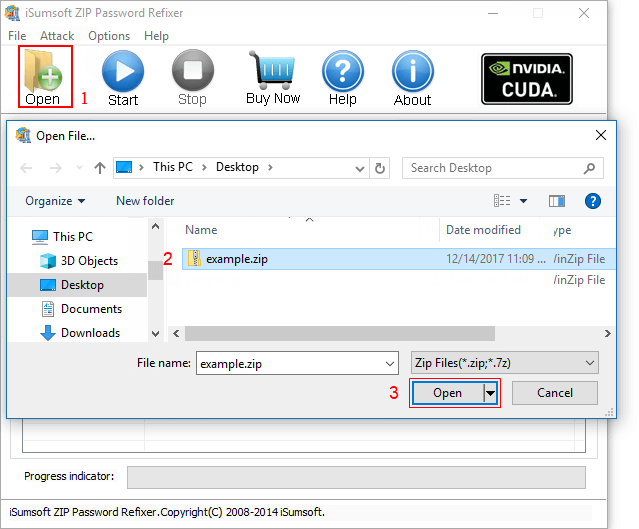

Enter the correct one, however, and it unpacks and the original video shows back up again! Enter the wrong password and you can’t proceed. Let’s just double click to open it, just to make sure… Interestingly, the MacOS X system doesn’t show a special icon to denote it’s encrypted. The resultant output ZIP file shows up as you’d hope: Now you can move back to the Finder as your command line job is done. $ zip -e secret-video.zip secret-video.mp4 Enter it twice, and it’ll build the file, encrypting it as it goes:

mp3 audio files, for example, you could use “*.mp3”) and zip will prompt you for the desired password. Type it in, with your own input and output file names specified (tip: you can specify as many files at the end of the command as you want, so if you have a folder full of. Note the “-e” flag that tells the zip program to prompt for an encryption password. In this example, the input file to be included in the archive is “secret-video.mp4” (as shown earlier) and the resultant output encrypted ZIP archive file is “secret-video.zip” in the same folder. To create an encrypted archive file version of this video file, in the cross-platform friendly ZIP Archive format, open up the Terminal app (you can find it in Applications > Utilities) and type in exactly: Now, to start, here’s a video file ready to share with a client: Don’t panic, I’ll show you exactly what to type in and it’s definitely something you can handle.īonus: If you’re worried about DMCA filters on Dropbox, encrypting the file with your own password should sidestep the issue, though I still discourage you from sharing files that you don’t have the legal right to share, of course. Which leads to the question: how do you create an encrypted, secure ZIP archive file on a Mac system? Turns out that it’s straightforward, but you have to be willing to get your hands just a bit dirty with a command line sequence. All of those can add up to a service that offers good security and much convenience, but possibly not sufficient security for truly private or secret content or enterprise work. Security experts aren’t impressed, and I know that if you upload a file with a “hash” analysis that matches a file that was removed for copyright violations it can be rejected by the Dropbox server.


Your client is right to be skeptical of the encryption used on Dropbox.


 0 kommentar(er)
0 kommentar(er)
